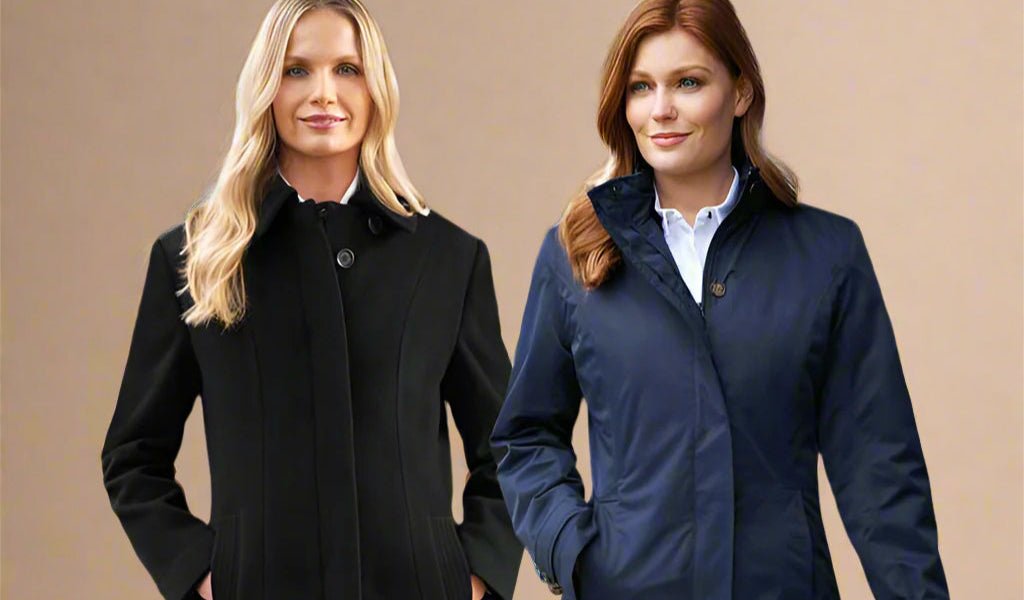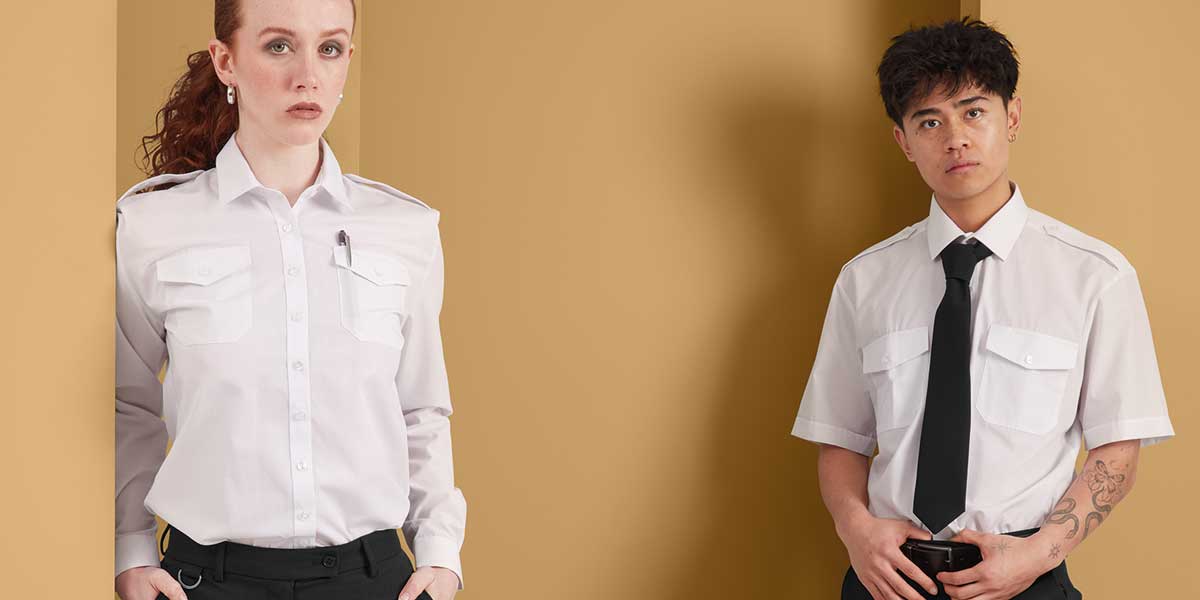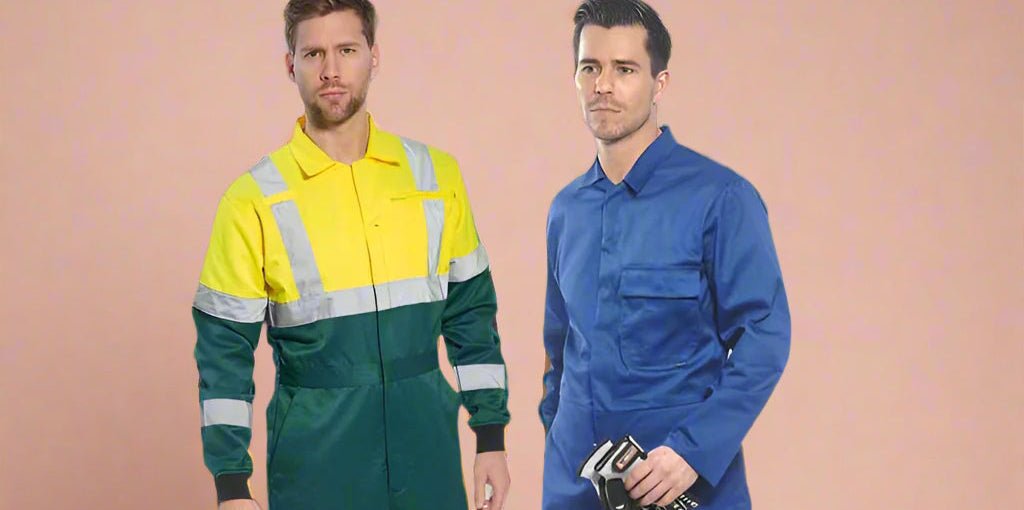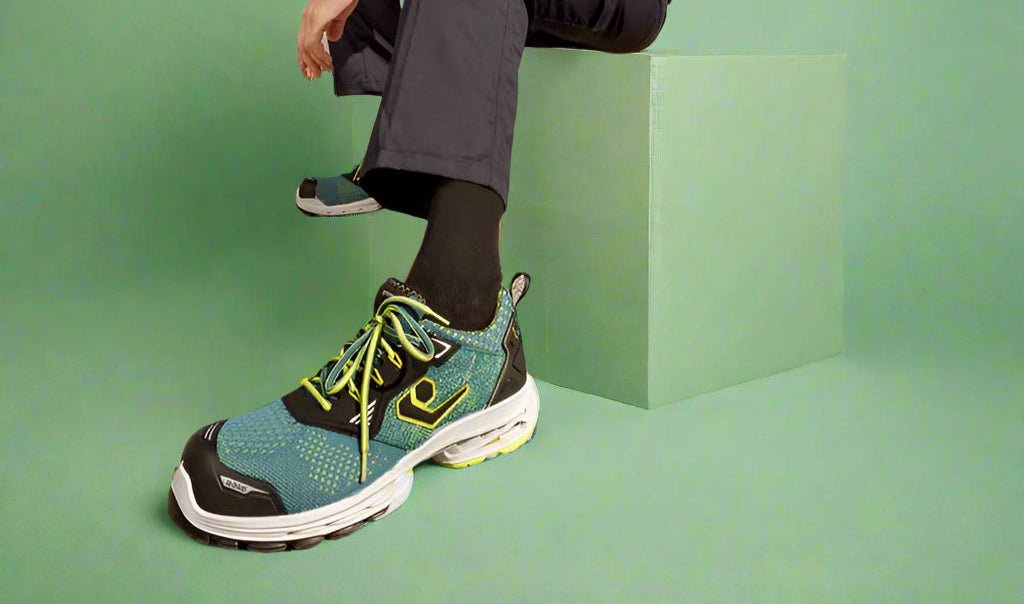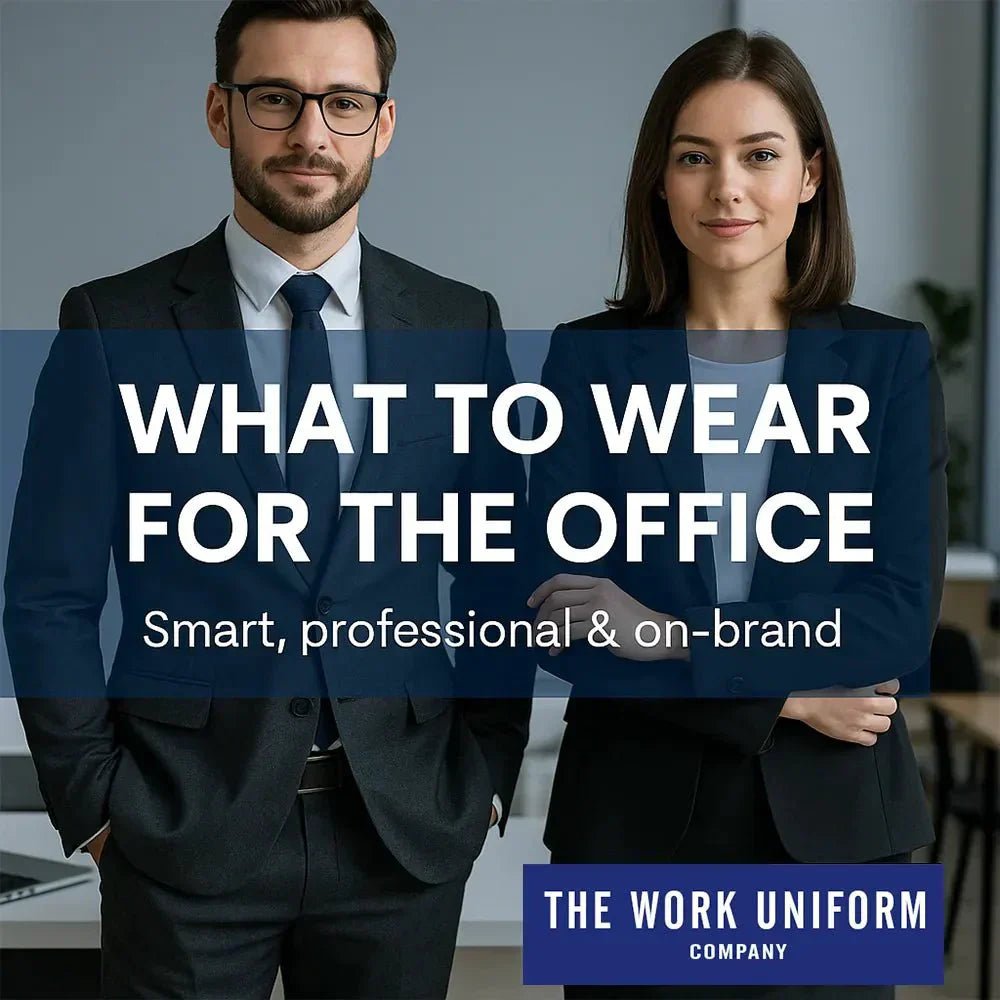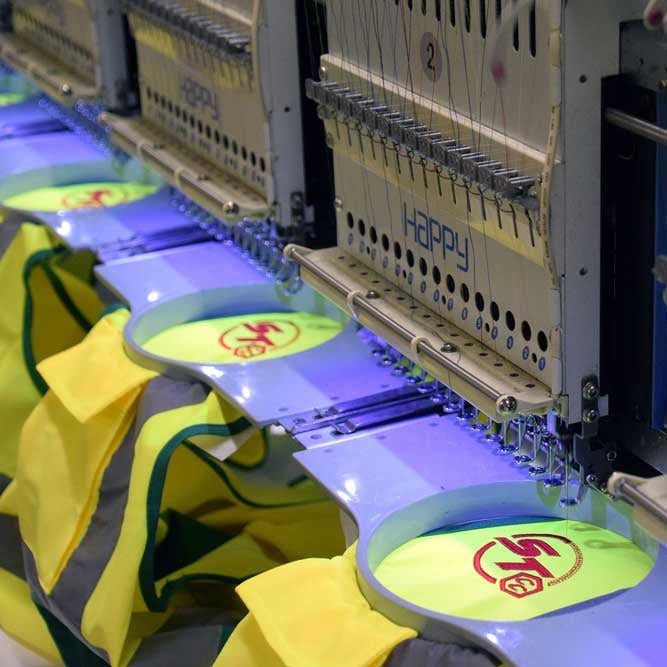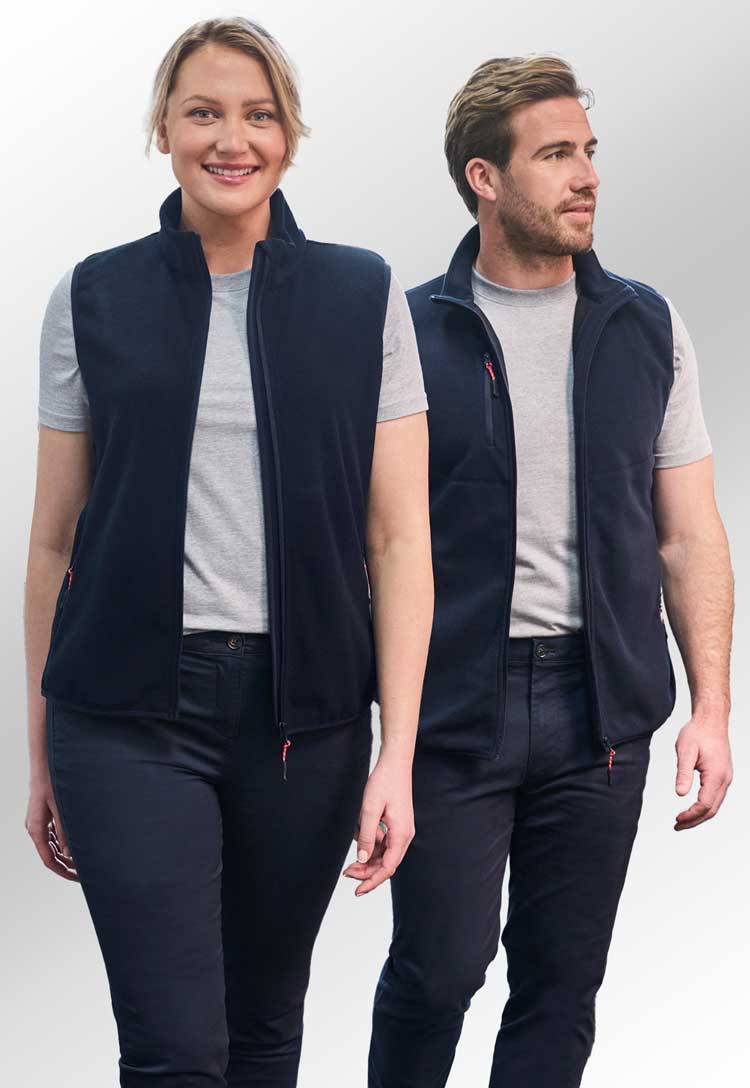The Pros and Cons of Stock Supported Uniforms vs. Bespoke Uniforms: A Corporate Buyer's Guide
In the realm of corporate uniform procurement, decision-makers face a critical choice between two primary options: stock-supported staple uniform items that can be personalized with company logos, or bespoke uniforms designed specifically for the organisation and imported in bulk. Each approach has its merits and drawbacks, and understanding these can help corporate buyers make more informed decisions.
Stock-Supported Uniforms: Pros and Cons
Pros:
- Cost-Effective: Stock-supported uniforms are generally more affordable because they are mass-produced and readily available, reducing the overall cost per unit.
- Faster Turnaround: These uniforms are typically kept in inventory by suppliers, allowing for quick personalization and delivery—ideal for rapid uniform rollouts.
- Flexibility in Ordering: Buyers can order as needed without committing to large quantities, minimizing overstocking or understocking issues.
- Consistency and Quality Control: Regular production ensures consistent quality through stringent quality control processes.
- Ease of Replenishment: Popular sizes can be restocked easily, helping maintain a consistent employee appearance.
- Smart and Professional Branding: Stock uniforms can still support company branding via machine embroidery, direct transfers, name badges, or lanyards with ID badges—offering a uniform appearance with personal touches.
Cons:
- Limited Customisation: While logos can be added, customization is restricted compared to bespoke options and may not meet all branding requirements.
- Generic Designs: These uniforms may lack the uniqueness and tailored fit that bespoke alternatives offer.

Bespoke Uniforms: Pros and Cons
Pros:
- Unique Branding: Bespoke uniforms are created specifically for a company, offering distinctive branding that sets an organisation apart.
- Tailored Fit: Uniforms can be tailored to employee preferences and roles, improving comfort and satisfaction.
Cons:
- High Costs: Custom design, higher manufacturing fees, and bulk ordering often mean significantly greater overall expense.
- Supply Chain Delays: Overseas production can lead to long lead times and unpredictable delivery schedules.
- Stock Underwriting & Inventory Issues: Bulk orders tie up capital and may result in excess stock for less common sizes, increasing costs.
- Replenishment Challenges: Running out of mid-range sizes may require minimum order quantities and result in batch inconsistencies.
- Risk of Non-Transferable Contracts: The complexity and investment of bespoke uniforms make it harder to switch suppliers without incurring significant costs.
- Uniform Consistency vs. Individual Presentation: A clean, smiling employee engaging customers positively has more impact on corporate image than elaborate uniform details. Employee presentation often matters more than uniform design.

Conclusion
For large corporate buyers, the choice between stock-supported uniforms and bespoke options is pivotal. While bespoke uniforms offer unique branding and fit, their high costs, supply delays, and inventory risks can outweigh the benefits.
Stock-supported uniforms, on the other hand, provide a more cost-effective, flexible, and efficient solution. They are easier to replenish, maintain consistent quality, and deliver strong brand presence when paired with smart, professional branding methods.
Ultimately, the key to a strong corporate image lies not in uniform uniqueness but in employee presentation—clean, confident, and customer-focused individuals leave the greatest impression.
Interested in exploring both options? We offer both:




